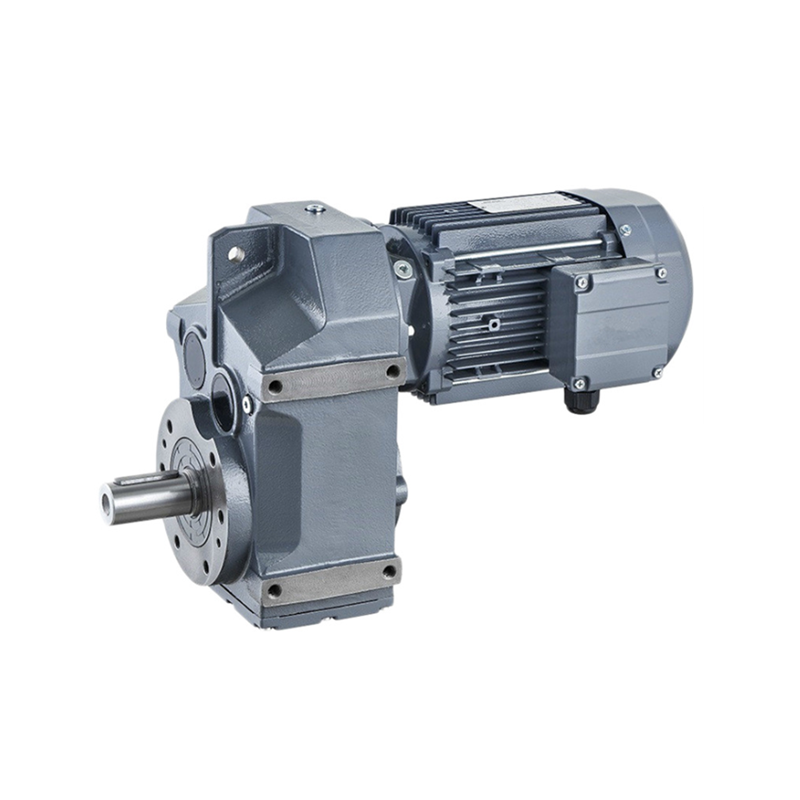Zhejiang Wenxian Gear Co., Ltd. | [email protected]
motor
Observing several guidelines for correct installation is vital to your dependable and suitable operation with the gearbox or gear motor.
The rules set out listed below are intended being a preliminary guide to deciding on gearbox or gear motor. For effective and correct installation, stick to the instructions provided inside the set up, utilize the maintenances guide  for that gearbox available from our revenue division.
for that gearbox available from our revenue division.
Following can be a quick outline of installation rules:
a) Fastening:
Spot gearbox on the surface supplying satisfactory rigidity. Mating surfaces need to be machined and flat.
Mating surfaces must be inside of definite geometric tolerances (see manual). This can be specifically accurate of flange-mounted gearboxes with splined hollow shafts.
In applications that involve higher radial loads at the output end, flange mounting is advised for some gearbox sizes as this mounting helps make use of the double pilot diameters provided in these gearboxes.
Be sure the gearbox is appropriate for your needed mounting place.
Use screws of resistance class 8.eight and in excess of to secure the gearbox. Torque up screws towards the figures
indicated while in the related tables.
With transmitted output torque greater than or equal 70% on the indicated M2max torque, and with
regular movement reversals, use screws with minimum resistance 10.9.
Some gearbox sizes may be fastened working with both screws or pins. Of pin seated in the frame the gearboxes be at the least 1.five times pin diameter.
b) Connections
Secure the connection components to gearbox input and output. Usually do not tap them with hammers or comparable tools.
To insert these components, make use of the support screws and threaded holes offered over the shafts. Be sure to clean off any grease or protects through the shafts before fitting any connection components.
Fitting hydraulic motors.
Be careful the O ring concerning motor flange and gearbox input flange when assembling. Set up the
hydraulic motor before filling lube oil in to the gearbox.
Connecting the hydraulic brake.
The hydraulic circuit ought to be this kind of to ensure that brake is launched instants in advance of gearbox starts and applied after gearbox has stopped. Check out that stress from the hydraulic line for brake release is at zero each time gearbox is stopped.
Route of rotation
Motors are connected towards the appropriate electric or hydraulic circuit in accordance with their path of rotation.
When executing these connections, keep in mind that all gearboxes, no matter if while in the in-line or right angle design and style, have the similar course of rotation each at input and output. For extra information on the connection of electrical and hydraulic motors, see relevant sections on this catalogue.
